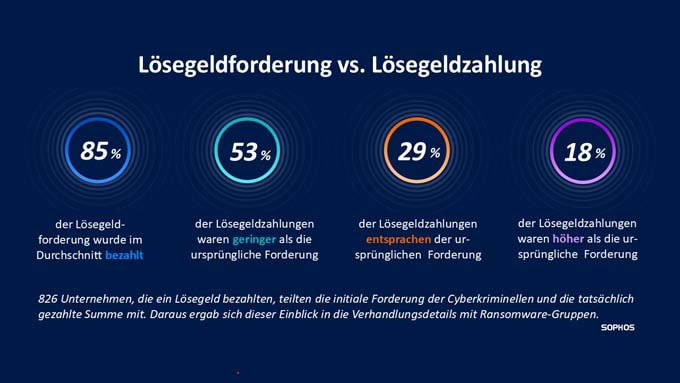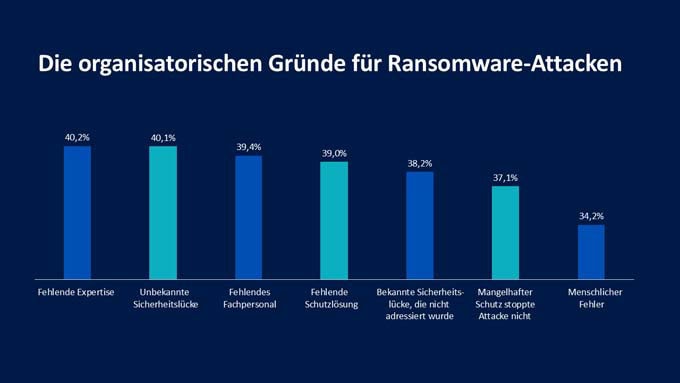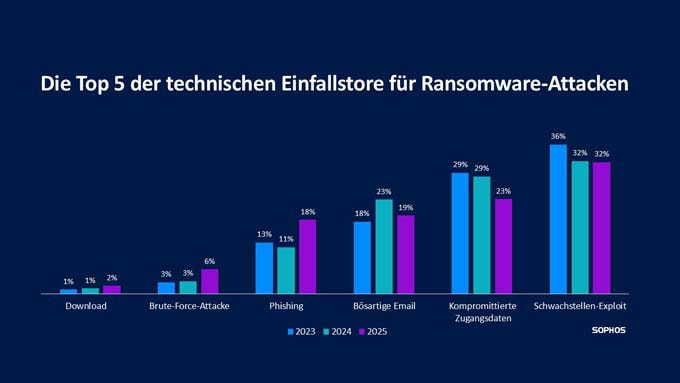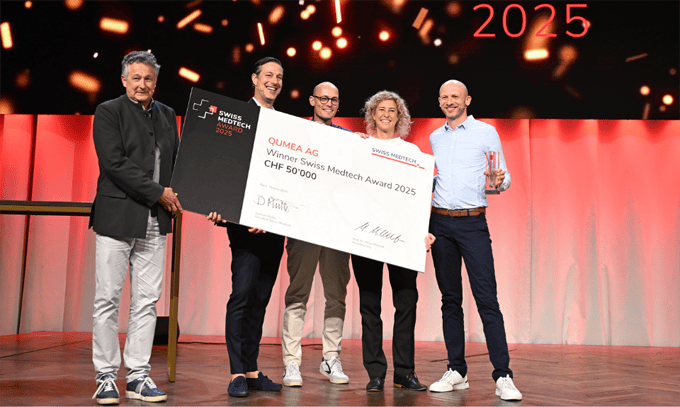"The big idea counts": Publicis CEO Sadoun and Adobe CEO Narayen on creative leadership in times of AI and platform power
At the Cannes Lions Festival 2025, Arthur Sadoun (Publicis) and Shantanu Narayen (Adobe) were two industry leaders who agree: Creativity is at the heart of change. In their talk, they showed how technology can empower creatives - and what it takes for good advertising to remain relevant in the age of AI.

Joining forces for creativity
When two of the most influential voices in the communications and tech industry discuss the future of creativity and marketing at the Cannes Lions Festival, the industry listens. Arthur Sadoun, CEO of Publicis Groupe, and Shantanu Narayen, CEO of Adobe, took to the stage together - and what was billed as a high-level talk turned into a lesson in leadership, optimism and strategic craft.

Even the setting made a statement: Narayen was honored as the first "Creative Champion of the Year" - a new award that recognizes those individuals who have made a lasting commitment to the needs of creatives. For Sadoun, Narayen is "the only tech CEO who has understood that creativity is not replaced by technology, but enhanced by it". Other tech companies, Sadoun said smugly, wanted to "eat up" the cages of creatives.
The creative core remains - even in AI times
Sadoun recalled his early visits to Cannes 30 years ago, when he spent hours watching films. Today, in the midst of a fragmented media landscape, it is more important than ever to develop creative ideas that prevail - across channels, emotionally, relevant. "If we forget that it's about the big idea, we become irrelevant," says Sadoun.
Narayen agreed: every technological breakthrough - from PostScript to mobile and cloud - has made creativity more accessible. The current AI push is nothing other than the next stage of this democratization. Adobe is specifically focusing on conversational interfaces that help creatives overcome the fear of the blank page - without marginalizing creative output. "It's not about automating creativity, it's about unleashing it."
Craftsmanship instead of hype
Both CEOs emphasized: Solid tools and strategic clarity are needed. Narayen presented Adobe's AI model architecture in four layers - data, models, agents and interfaces - and emphasized that Adobe only uses IP-secured data. This protects the rights of creatives and ensures trust.
Sadoun gave a concrete insight into everyday life at Publicis: AI is used to empower talent - for example, to enable a young creative director in Shanghai to work on the Super Bowl. People remain the center of attention. "Our industry has the potential to combine technology, data, media and ideas in a unique way - that is our superpower."
Orientation in the platform jungle
Key keywords of the talk: personalization and differentiation. Narayen emphasized that Adobe covers the entire customer journey - from acquisition to customer retention. It is clear that the data belongs to the customer, not Adobe. Sadoun, on the other hand, warned of the limitations of closed platforms - the so-called "walled gardens". Without open architectures, marketing would lose its power for brand management. According to Sadoun, the future lies in an interplay of platform, service and creative excellence.
An appeal for courage, emotion and young leadership
In a personal digression, Sadoun acknowledged the youth: "We have to let them take the lead - new ideas need space." Narayen added that creativity needs to be linked to business objectives more than ever before, for example by changing the language used in companies.
What creatives need now - Sadoun's appeal to the industry
Despite all the love of technology and digital promises, one thing remains clear for Sadoun: "In the end, it's the big idea that counts." And this is precisely where his appeal to creative professionals comes in. Anyone who wants to survive in the age of AI, platform economy and attention competition must have the courage to stand up for strong concepts again - cross-channel, well thought-out, with impact.
Sadoun's top tips for creative excellence in complex times:
Don't get bogged down in individual measures. Good ideas are not one-touch wonders, but must be able to unfold through entire media ecosystems.
Uses technology as a lever, not as a substitute. AI can help to give more people access to good ideas - but it should never be the source of the idea.
Remains uncomfortable. Sadoun warns against creative complacency and cautions: "If we become lazy and forget that everything starts with a resounding idea, we will go under."
Works like platform architects. More than ever, creatives need to understand how content works across platforms - not only in terms of design, but also strategically.
Get out of your comfort zone. Sadoun emphasizes that creativity often arises where there is a crunch - not in the algorithm, but in the real, emotional moment.
Shantanu Narayen also addresses creative professionals with an impulse: "Democratization does not mean arbitrariness." Especially in the age of conversational interfaces, it is important to preserve your own signature. AI is a stepping stone - not a destination.
Sadoun posed the most important question at the end: "How do we manage to carry the energy of this festival into everyday life on Monday?" A question that acts as a mirror towards the industry - and whose answer perhaps lies in the attitude of both CEOs: Creativity is not a nostalgic ideal, but a living muscle that needs to be exercised - with technology, but never without heart.
About Arthur Sadoun
Chairman & CEO, Publicis Groupe. The Frenchman started out as an entrepreneur in Chile before joining TBWA in 1999. After holding positions at Publicis Conseil and Publicis Worldwide, he became CEO of the Groupe in 2017. Under his leadership, Publicis became the leading global player for business transformation. In 2022, he made his cancer public and launched the "Working with Cancer" initiative.
About Shantanu Narayen
Chair & CEO, Adobe. Narayen led Adobe through its transformation from a software provider to an experience platform. Under his aegis, cloud and AI were strategically anchored. Narayen was named the first "Creative Champion of the Year" in 2025 for his contribution to the democratization of creative tools and the connection between art and technology.













 At this year's delegates' meeting of Swiss Marketing, Stefan Hoher was elected as a new member of the Board of Directors. Simon Albisser, Katharina Mäder and Ubaldo Piccone were bid farewell after they had previously announced their resignation. The Board of Directors also provided information on current activities and objectives and expressed its thanks to all those involved.
At this year's delegates' meeting of Swiss Marketing, Stefan Hoher was elected as a new member of the Board of Directors. Simon Albisser, Katharina Mäder and Ubaldo Piccone were bid farewell after they had previously announced their resignation. The Board of Directors also provided information on current activities and objectives and expressed its thanks to all those involved.

















